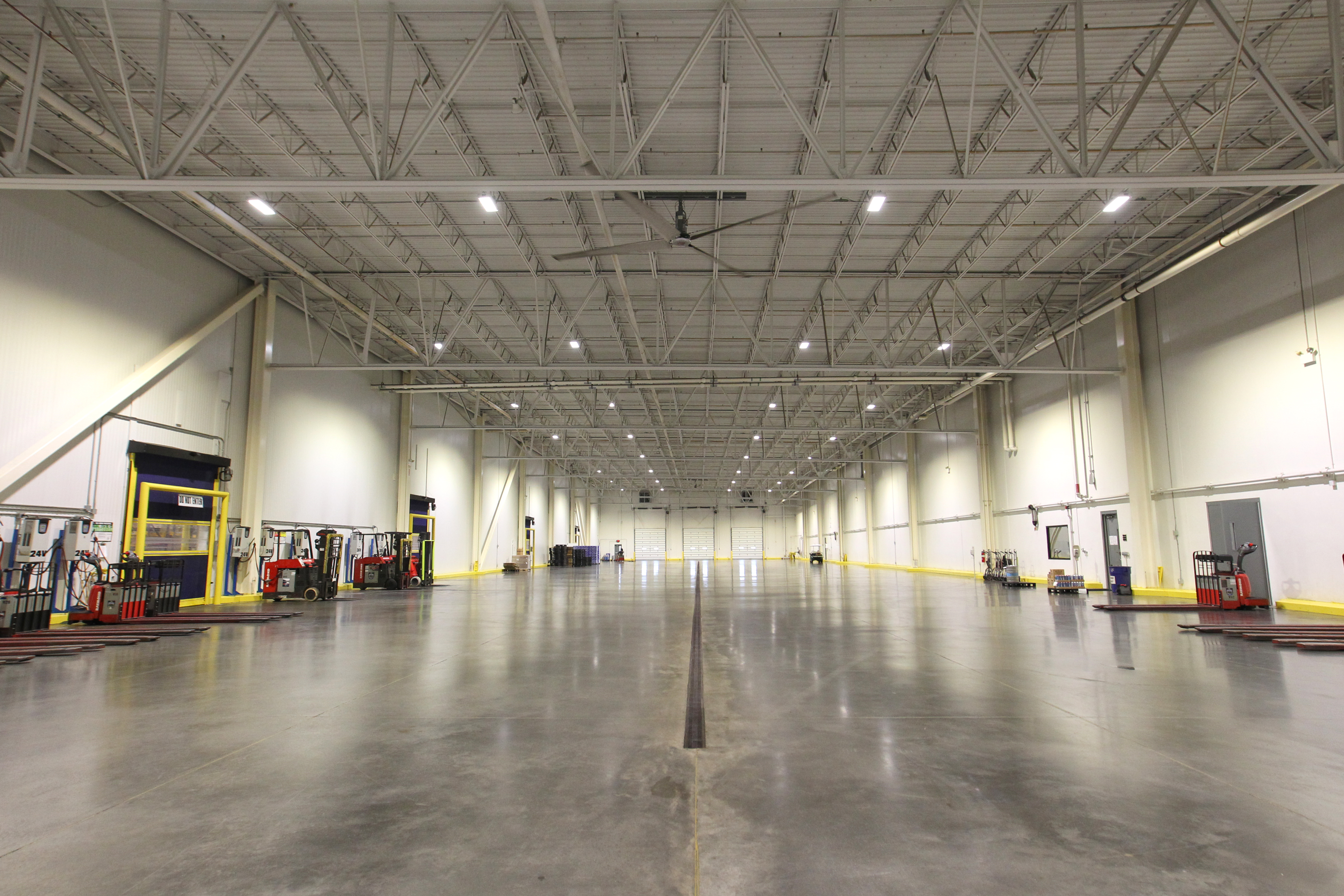The Ultimate Guide to High Bay LED Fixtures for Industrial Applications
The Ultimate Guide to High Bay LED Fixtures for Industrial Applications
Blog Article
For companies purchasing in volume, choosing the right wholesale LED supplier is essential to balance quality and cost.
From technical specs to application guidance, we’ll help you understand what makes one solution better than another.
Let’s start by looking at the reasons why sourcing LED lighting wholesale is not only cost-effective—but also the smarter long-term choice for industrial facilities.
Benefits of Buying LED in Bulk
Bulk purchasing lowers unit costs, simplifies logistics, and ensures product consistency across your facility.
LEDs already offer superior lifespan and energy efficiency over traditional lighting.
Whether you need fixtures for ceilings over 30 feet high or task lighting for assembly zones, buying in volume allows better system-wide integration.

Advantages of LED Lighting in Large-Scale Industrial Environments
For companies operating large facilities, these energy savings quickly add up, improving overall profitability.
Beyond cost savings, LED lighting improves visibility, safety, and productivity.
With fewer bulb replacements and reduced downtime, facilities can keep operations running smoothly.
Why Choose High Bay LED Lighting for Warehouses
High bay LED fixtures are designed for spaces with high ceilings—typically 20 to 45 feet—common in warehouses, distribution centers, and manufacturing plants.
Compared to legacy high-intensity discharge (HID) fixtures, high bay LEDs offer better energy efficiency, instant-on capability (no warm-up time), and superior color rendering.
These innovations help optimize energy use even further, making them an excellent long-term investment for any industrial operation.
Understanding the High Bay LED EVO Advantage
Engineered for maximum performance, these fixtures combine high lumen output with exceptional energy efficiency, making them ideal for large spaces with demanding lighting needs.
Additionally, the EVO model often comes with flexible mounting options, optical lens choices, and smart lighting capabilities like motion sensors or daylight harvesting.
Investing in High Bay LED EVO fixtures not only cuts operating costs but also supports sustainability goals by lowering carbon footprints.

What to Look for in an LED Importer
Experienced importers can offer insights into product selection, local compliance requirements, and after-sales support.
Transparent pricing, clear communication, and flexible contract terms are also key factors to consider.
Choosing the right partner sets the foundation for long-term success and maximum return on your LED investment.
Why Investing in Quality LED Lighting Pays Off
When distribuidora de lampadas combined with distribuidora de lampadas led em sao paulo top-tier products like High Bay LED EVO, businesses achieve not just cost efficiency but also operational excellence.
Selecting the right LED supplier or importer ensures you gain access to cutting-edge products, expert guidance, and reliable after-sales support.
By acting now, you position your business at the forefront of innovation, reaping financial and environmental benefits for years to come.
Common Questions About LED Lighting for Warehouses
Why should I purchase LEDs in bulk?
Buying LEDs wholesale lowers unit costs, simplifies logistics, ensures product consistency, and often provides better warranties.
When do I need high bay LED fixtures?
High bay LED lights are designed for spaces with ceilings over 20 feet, such as warehouses, factories, and gymnasiums.
Why choose High Bay LED EVO fixtures?
The High Bay LED EVO offers advanced thermal management, flexible mounting, smart lighting integration, and superior energy efficiency.
How do I choose a reliable LED supplier or importer?
Look for suppliers with certifications, industrial experience, solid inventories, strong manufacturer ties, and excellent technical support.
How much can I save by switching to industrial LED lighting?
Industrial LED upgrades can reduce energy costs by up to 75% and maintenance costs by up to 50%.
Report this page